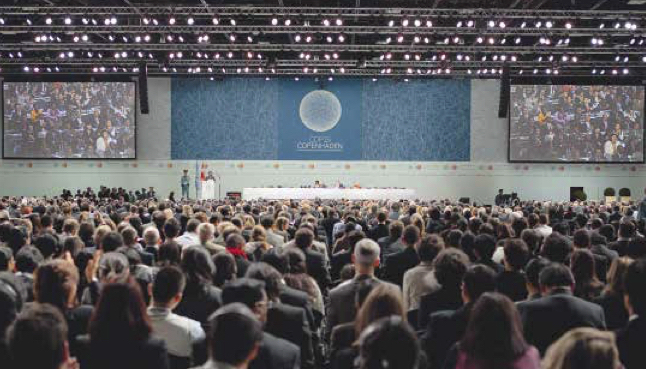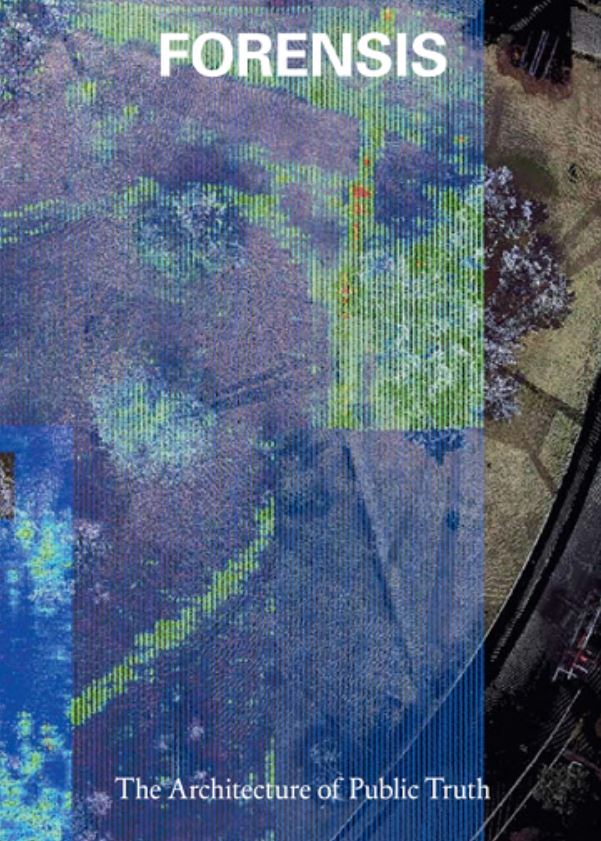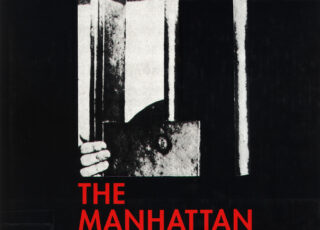
Forensic Architecture, Forensis: The Architecture of Public Truth
The role of material forensics in articulating new notions of the public truth of political struggle, violent conflict, and climate change are the focus of Forensis, the HKW exhibition catalog based on the theories of Eyal Weizman. – The concept of forensis was developed as a research project by Goldsmiths College, Centre for Research Architecture by theorist Eyal Weizman. The project is the subject of a major exhibition at the Haus der Kulturen der Welt (HKW) and catalog cum theoretical reader presenting the findings and contributions of over 20 influential architects, artists, filmmakers, and academics. Forensis, (Latin for pertaining to the forum) argues for the role of material forensics as central to the interpretation of the ways in which states police and govern their subjects. Forensics engages struggles for justice across frontiers of contemporary conflict through the study of how technology mediates the testimony of material objects such as bones, ruins, toxic substances, etc. In the hopes of unlocking forensics potential as a political practice, the project participants present innovative investigations aimed at producing new kinds of evidence for use by international prosecutorial teams, political organizations, NGOs, and the UN.
Download
Forensic Architecture_Forensis The Architecture of Public Truth.pdf
Forensic Architecture_Forensis The Architecture of Public Truth.txt
Forensic Architecture_Forensis The Architecture of Public Truth.html
Forensic Architecture_Forensis The Architecture of Public Truth.jpg
Forensic Architecture_Forensis The Architecture of Public Truth.zip



